The XSR may not be a class-leader in payloads or tow ratings, yet it still offers a set of numbers that for many owners (including hard-working tradies, of course) are more than adequate for many load-carrying and towing tasks.
With its 2220kg kerb weight, the off-road-armoured XSR is not surprisingly the heaviest model in the Cannon fleet. And given its 3095kg GVM, that means its 875kg payload rating is also the smallest compared to the one-tonne-plus ratings of its siblings.
Even so, that’s still a sizeable payload and larger than those of more expensive top-shelf rivals like the Ford Raptor (717kg) or Toyota HiLux GR Sport (780kg) for example.
It’s also rated tow up to 3000kg of braked trailer, which is 500kg short of the class-benchmark 3500kg but higher than the Raptor’s 2500kg limit. And with its 5490kg GCM (or how much it can legally carry and tow at the same time), towing its maximum trailer weight would only leave 270kg of payload capacity which could easily be used up by a crew of three or four without luggage.
A practical compromise for owners would be to base the XSR's tow rating on its 3095kg GVM, which would maintain the maximum 875kg payload but lower the legal trailer weight from 3000kg to 2395kg to avoid exceeding the GCM.

Either way, like any ute, it’s important to keep a close eye on these numbers if you’re planning to carry and/or tow heavy loads with the XSR and stay on the right side of the law.
The fully-lined and square load-tub measures 1520mm in length and width, with a depth of 565mm. There's 1140mm between the rear wheel-housings, so it won’t take a standard 1165mm-square Aussie pallet but will fit an 800 x 1200mm Euro pallet. There are four fixed load-anchorage points.
Loaded to the max
To test the XSR’s payload performance we forklifted 740kg into the load tub, which with driver equalled a total payload of 840kg that was just below its 875kg limit.
The stout rear leaf-springs compressed 40mm under this weight, leaving 40mm of bump-stop clearance which ensured there was no bottoming-out over bumps on our test route.
The XSR proved competent at hauling this load, maintaining a sure-footed stance on a variety of sealed and unsealed roads with minimal effect on handling and braking.
However, we did detect a slight shudder in the rear from standing starts, which we suspect is caused by a change in tailshaft angle caused by the heavily-loaded suspension.
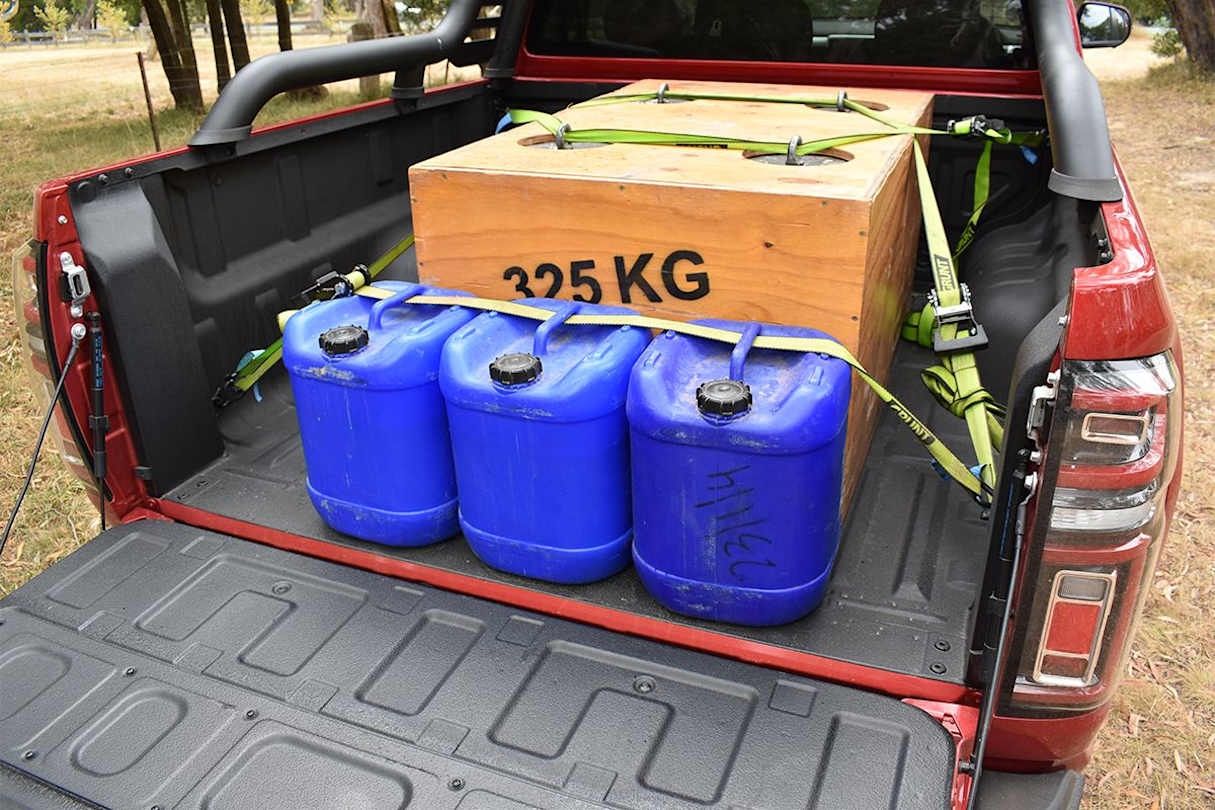
We have experienced similar shudders in some other ute brands we’ve tested under similar loads, so it’s not an isolated issue.
The 2.0-litre turbo-diesel and eight-speed auto seemed unfazed by this task, providing decent acceleration on city and suburban roads and requiring only 1800rpm to maintain 110km/h on the highway, which was comfortably within its peak torque band and ensured low-stressed cruising.
It also proved competent on our 13 per cent gradient, 2.0km set climb at 60km/h, self-shifting from eighth down to fourth gear to pull this load to the summit with about half of the accelerator pedal travel remaining.

Engine-braking on the way down, in a manually-selected second gear, produced solid retardation until the auto decided to override our manual selection and shift up to third when the engine was approaching its 4500rpm redline.
From our experience, these engine-protection protocols are common in Chinese and European LCVs and make sense in avoiding potential engine damage from driver error or misuse.
However, it can spring a surprise when you’re carrying a heavy load and leaning on the engine to assist with braking on a long descent and it suddenly shifts up a gear and starts running away from you.

Even so, the XSR’s quartet of disc brakes had ample stopping power to keep speeds in check for the remainder of the descent.
Overall, the XSR proved to be a competent load-hauler, given we tested it with a near-maximum payload. We also planned to test its towing ability, which we usually do as part of our long-term loan assessments, but unfortunately our test vehicle was supplied without a towing kit.
Fuel consumption
We added 886km to the odometer this month. We covered 567km on the first tank with mostly city and suburban driving. When we stopped to refuel, the dash display was claiming average consumption of 11.5L/100km, which again was almost identical to our own figure of 11.3 calculated from fuel bowser and trip meter readings.
We covered 319km on the second tank which still had 442km of driving range remaining, but we opted for an early fill to get the consumption figures needed for this review.
It was again mostly city and suburban travel plus more than 100km of highway and back-road driving, part of which included our payload test.

So, clearly the highway running resulted in a drop in the XSR’s displayed average consumption to 10.2 which was slightly higher than our 9.7 calculation, again based on fuel bowser and tripmeter readings.
That’s not far from the XSR’s official 9.4L/100km and the first time it's dropped into single-digit consumption during our testing. And we wouldn’t be surprised to see that figure continue to slide given more open highway running, during which diesels usually deliver their best economy.
So, that’s quite frugal for a ute weighing more than 2.2 tonnes, being driven in real world conditions, with varying loads up to its maximum payload.
Around the corner…
Our long-term XSR loan concludes next month with our third report, in which we make our final assessments and deliver the verdict and scores.
Acquired: January 2024
Distance travelled this month: 886km
Odometer: 5143km
Average fuel consumption (at pump): 10.5L/100km
GWM UTE 2024: Cannon-XSR (4X4)
| Engine Type | Diesel Turbo 4, 2.0L |
|---|---|
| Fuel Type | Diesel |
| Fuel Efficiency | 9.4L/100km (combined) |
| Seating | 5 |
| Price From | $39,380 - $46,310 |
| Safety Rating |
|
Pricing Guides


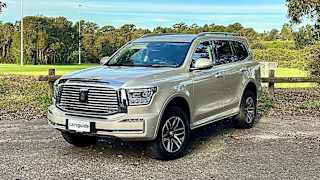
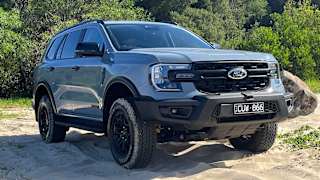

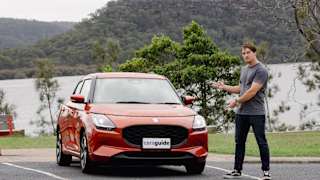



.jpg)












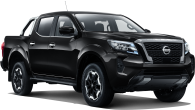




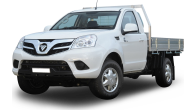

.jpg)

.jpg)


.jpg)

